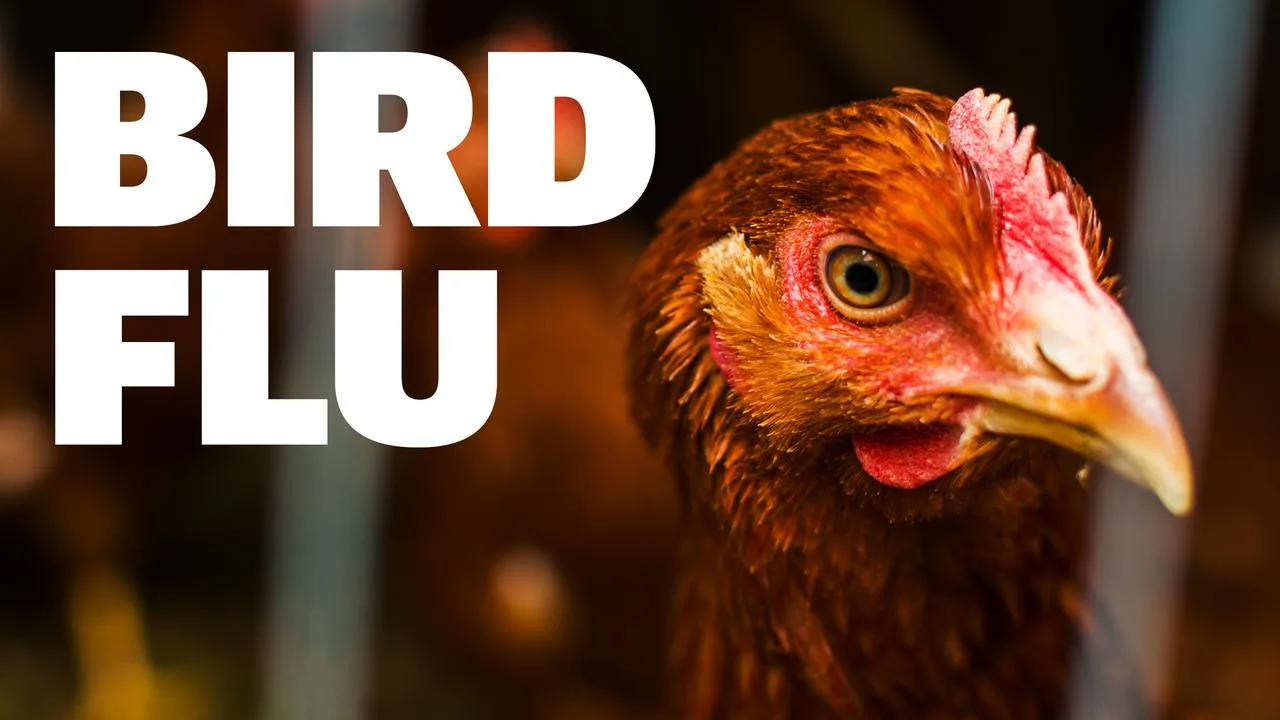Ever come across a crazy health trend online? You’re not alone. The internet is a breeding ground for some wild ideas, and the “braid flu” is one such example. But fear not, braid enthusiasts! Let’s unravel the truth behind this hair-raising rumour.
Braid Flu: Fact or Fiction?
Here’s the truth: There’s no scientific evidence to support the existence of “braid flu.” Braiding your hair, in itself, won’t make you sick. However, tight hairstyles can sometimes contribute to scalp irritation, headaches, and even traction alopecia (hair loss) in extreme cases.
But wait, there’s more! This article dives deep into the world of braids and their potential impact on your health. We’ll explore the myths surrounding braid flu, the science behind scalp health, and tips for rocking those braids comfortably!
Breaking Down the Braid Flu Myth
The idea of braid flu likely stems from a misunderstanding of how illnesses spread. Colds and the flu are caused by viruses that are transmitted through respiratory droplets, not by tight braids.
Think about it: When someone with a cold coughs or sneezes, those droplets can land in your mouth or nose, potentially infecting you. Braids, on the other hand, don’t magically transport viruses.
Here’s a common scenario that might fuel the braid flu myth: You get your hair braided, then a few days later, you catch a cold. Coincidence, not cause and effect! It’s more likely that you were exposed to the virus around the same time you got your braids done, not because of the braids themselves.
The Truth About Tight Hairstyles and Scalp Health
While braid flu isn’t a real illness, tight hairstyles can cause some discomfort and even lead to scalp problems if not done carefully. Here’s what you need to know:
- Scalp Irritation: Excessive pulling on the hair during braiding can irritate the scalp, leading to itching and redness.
- Headaches: Tight braids can put a strain on the scalp, triggering tension headaches in some individuals.
- Traction Alopecia: This is a type of hair loss caused by constant pulling on the hair follicles. While uncommon with occasional braiding, it can occur with long-term, extremely tight styles.
Braiding Bliss: Tips for Healthy, Happy Hair
Love the look of braids but worried about scalp health? No sweat! Here are some tips for rocking those braids comfortably:
- Communicate with your stylist: Let them know if your scalp feels tender and ask for a looser braiding technique.
- Embrace looser styles: Box braids, cornrows, and other intricate styles can be stunning, but consider looser variations to ease tension on the scalp.
- Take breaks: Don’t keep your hair braided for extended periods. Give your scalp a break every few weeks to breathe.
- Scalp TLC: Maintain a healthy scalp by using gentle shampoos and conditioners. A scalp massage with oil can also promote healthy hair growth.
Table: Braid-tastic Braiding for Happy Hair
| Braiding Do’s | Braiding Don’ts |
|---|---|
| Communicate with your stylist | Braid hair that is wet or damaged |
| Opt for looser styles | Braid hair too tightly |
| Take breaks between braids | Keep braids in for extended periods |
| Maintain scalp health | Neglect scalp care |
Final Thoughts: Braid On!
The internet can be a treasure trove of information, but it’s important to be critical of health claims you come across. Braid flu? Not a real thing. However, tight braiding techniques can sometimes lead to scalp issues.
By following the tips above and prioritizing scalp health, you can enjoy the beauty of braids without any worries. So, flaunt those fabulous braids with confidence! Just remember, healthy hair starts with a healthy scalp.



